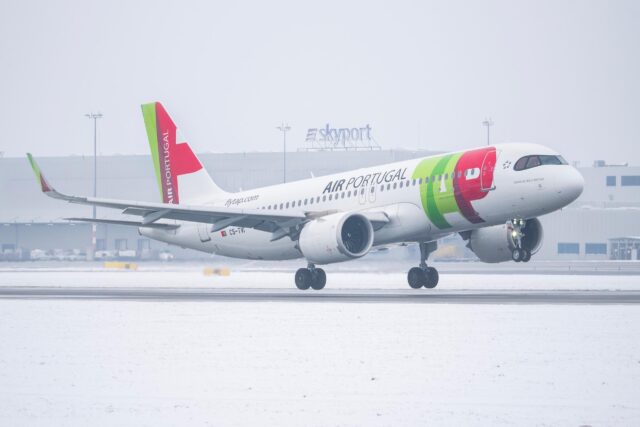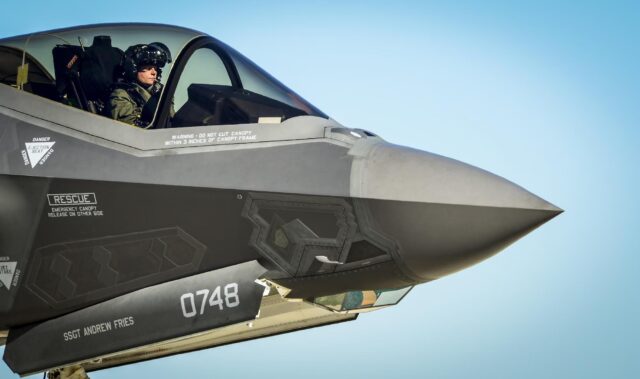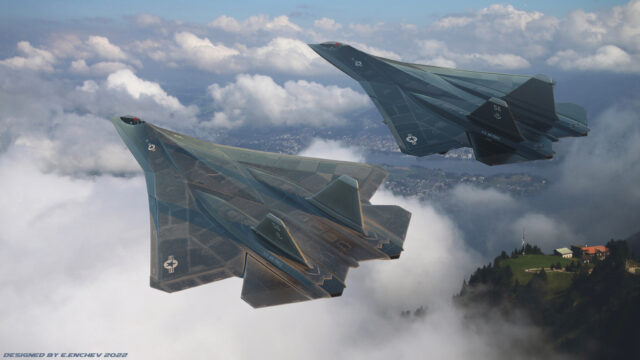Hybrid Air Vehicles lands first military deal for Airlander 10

October 24, 2025

Hybrid Air Vehicles (HAV) – the UK-based developer of hybrid airships that combine the features of fixed-wing aircraft and airships – has taken a significant step into the defence market, announcing on October 23 that it had received a reservation for three of its Airlander 10 aircraft from an undisclosed “innovative defence contractor”.
Until now, the Airlander 10 had primarily been marketed for civilian applications, such as passenger/cargo transport and sustainable logistics operations, but this latest reservation marks the platform’s first confirmed step into military-use territory.
While HAV did not disclose which defence contractor had reserved the three Airlander 10s, it did confirm that the undisclosed firm was “looking to deliver the unique capabilities of Airlander to its customers.”
While this reservation is not yet a full procurement order, the contract represents a significant milestone for HAV, with the deal forming part of the firm’s wider defence-market pipeline, which the company values at approximately $3.7bn.

To date, the Airlander has been squarely marketed at the civil aviation sector. Tempting photos of luxury cabins with all-around windows secured a customer in Air Nostrum, which reserved 10 aircraft in 2022 and doubled that number in 2023.
A military role for the Airlander 10
The Airlander 10 is a flexible hybrid aircraft that blends the aerostatic lift used by airships with the aerodynamic wings employed by fixed-wing aircraft. Initially targeted at commercial markets, the British-built Airlander 10 was designed with dual-use potential in mind, complete with a reconfigurable cabin; the ability to land on various surfaces, including water; and a long endurance of up to five days without needing to be refuelled.
Such capabilities have made the hybrid airship an attractive, low-emission solution for various military mission sets, including intelligence, surveillance and reconnaissance (ISR), maritime patrol, drone/counter-drone warfare and logistics operations.
Airlander 10’s unique ability to remain aloft for up to five days would provide potential operators with the capability to provide a common operating picture of the battlespace for far longer periods than current fixed-wing solutions, which can only remain on station for hours at a time.

In a statement on 23 October, HAV said: “Whether equipped with multispectral sensor suites for ISR roles, using the space to transport personnel, materiel and equipment to austere environments, or to hold, release and recover drone swarms, Airlander offers new possibilities in defence.”
In a strategic context, the Airlander 10’s extremely long on-station endurance, combined with its ability to loiter in austere or maritime environments, low emissions output, and low-infrastructure pick-up and landing capability, make it an attractive solution for military applications.
Adding to its attraction is its recent move to the USA, making it easier to do business with US companies. Whether the undisclosed customer is from the US has not been clarified.
A crucial deal for HAV
HAV is currently preparing to begin full-scale production of the Airlander 10 at its manufacturing facility in Doncaster, South Yorkshire, which will be capable of producing up to 24 aircraft per year. While the company has secured approximately $2bn in civil market reservations so far, this latest deal is a vote of confidence for the Airlander 10, demonstrating that the defence market sees value in the project.
“Its versatility, high payload and endurance have always given Airlander 10 obvious advantages over other aircraft in C4ISR,” says George Land, Executive Director of Sales at HAV. “As warfare evolves to meet current threats, this capability is ever more valuable, and we have worked hard to showcase the aircraft’s capabilities.”
“We are pleased to be working with an undisclosed customer to provide three aircraft for further customisation. We expect other military reservations to follow and look forward to providing more detail in the future,” he added.

However, challenges remain. The Airlander 10 still has to undergo final certification through the UK Type Certification process, which HAV initiated in March 2024. In addition, the integration of military systems, adaptation of operational doctrine and cost-effectiveness in comparison with established platforms will all be heavily scrutinised before these reservations can be turned into firm orders.
For HAV, this deal marks a key moment for the Airlander 10, especially as the demand from global military air arms to acquire newer long-endurance, but lower-cost aircraft to confront evolving threat environments continues to grow.
The Airlander 10 may present a compelling solution for prospective operators when it comes to the traditional domains of airborne ISR or maritime patrol operations, as well as for complementing newer capabilities, such as drone swarming or counter-drone warfare.
















